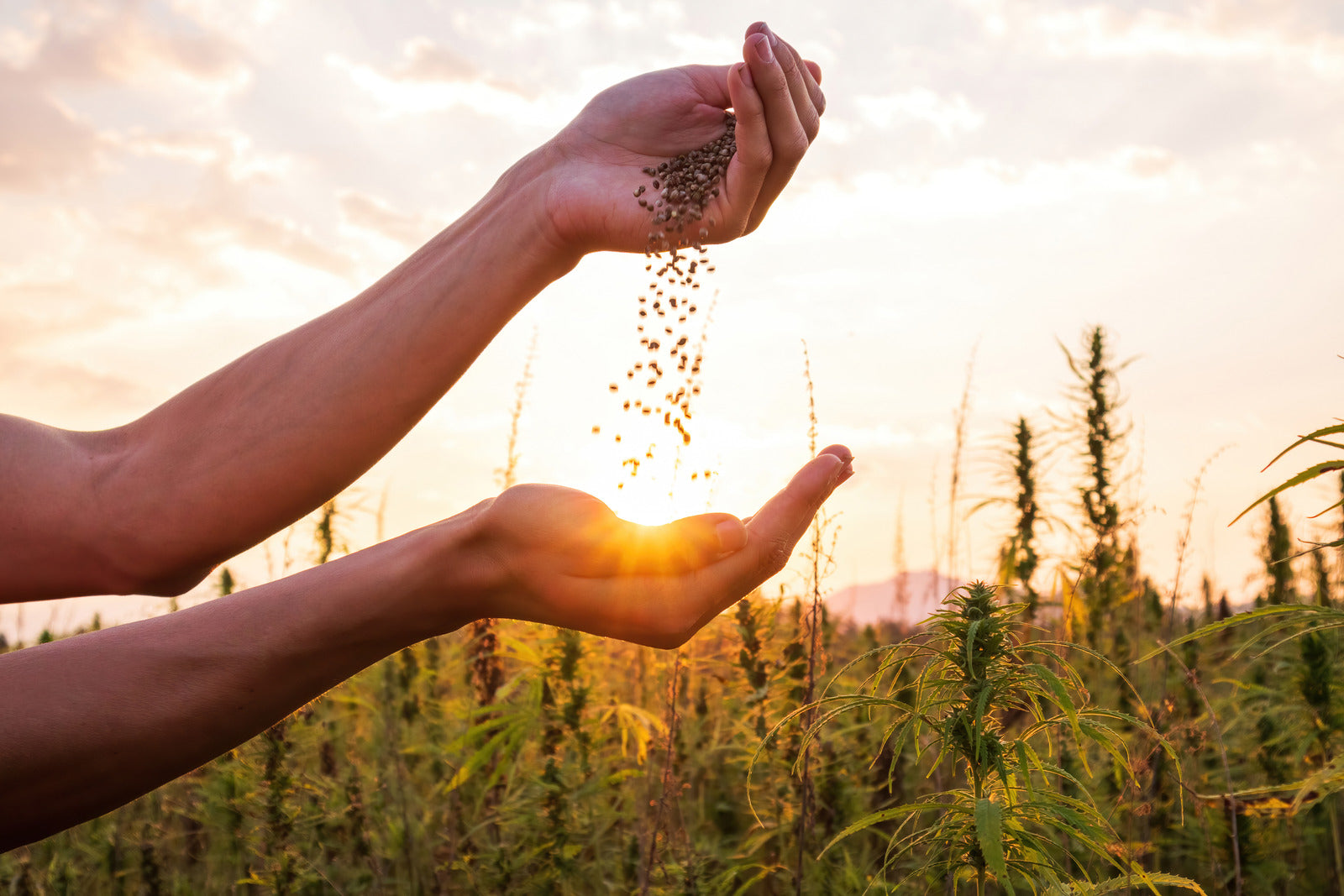In a world where sustainability and self-reliance are gaining importance, seed saving has emerged as a vital practice for gardeners, farmers, and enthusiasts alike. By preserving and propagating seeds from the plants we grow, we not only ensure a continuous supply of resilient, locally adapted plants but also contribute to the preservation of biodiversity. In this guide, brought to you by Seed Armory, we'll delve into the world of seed saving techniques, exploring the importance of seed saving, the basics of seed anatomy, and various methods to master this ancient art.
The Importance of Seed Saving
Seed saving is a practice deeply rooted in history, allowing communities to cultivate crops that are well-suited to their local environments and ensuring food security. In the modern context, seed saving plays a pivotal role in preserving genetic diversity, especially as large-scale agriculture tends to prioritize a limited number of standardized varieties. For more information about seed saving, read the many studies and articles that ScienceDirect has curated for the public about why it is so important. When you save seeds, you're preserving unique traits, adaptability, and resilience that can be lost through commercialization.
Understanding Seed Anatomy
Before diving into seed saving techniques, it's essential to grasp the basic anatomy of a seed. Seeds consist of three main parts:
- Seed Coat: The outer protective layer of the seed.
- Embryo: The miniature plant-to-be, containing the first leaves (cotyledons) and the embryonic stem (hypocotyl).
- Endosperm: The energy-rich tissue that nourishes the embryo during germination.
Now that we have a foundational understanding, let's explore some fundamental seed saving techniques.

Basic Seed Saving Techniques
-
Open-Pollinated vs. Hybrid Seeds: It's crucial to know the distinction between open-pollinated and hybrid seeds. Open-pollinated plants are pollinated naturally by wind, insects, or other means, leading to a mix of genetic traits. These seeds can be saved for the next generation with relatively stable outcomes. On the other hand, hybrid seeds are produced by crossing two different varieties to create desired traits. However, saving seeds from hybrids might not result in consistent characteristics.
-
Isolation Distances: To prevent cross-pollination between different varieties, it's important to maintain proper isolation distances. This involves keeping different varieties of the same plant species a certain distance apart to avoid unintentional hybridization. Research the specific isolation requirements for the plants you're growing to ensure purity in your saved seeds.
-
Seed Selection: When choosing plants for seed saving, opt for healthy, disease-free specimens that exhibit the traits you wish to preserve. Avoid plants with weak traits or signs of poor adaptation.
-
Harvesting Seeds: Seeds need to mature fully on the plant before harvesting. This often means allowing fruits to ripen fully and seeds to dry out. Harvest seeds on a dry day, and ensure they are completely dry before storing to prevent mold.
Advanced Seed Saving Techniques
-
Fermentation: This technique is commonly used for seeds of tomatoes, peppers, and other fleshy-fruited plants. Remove seeds from the fruit and let them ferment in a container of water for a few days. Fermentation breaks down the gelatinous coating around the seeds, making them easier to clean and store. Read on to understand the importance of fermenting seeds in this article by Gardenbetty.com
-
Drying and Cleaning: Proper drying is essential to prevent mold growth in stored seeds. Lay seeds in a single layer on a paper towel or screen in a dry, well-ventilated area. After a week or two, when seeds are completely dry, separate them from any remaining plant debris. Gently thresh or rub the seeds to remove the outer seed coat.
-
Cold Stratification: Some seeds, especially those from cold climates, require a period of cold stratification to simulate winter conditions before they can germinate. Place these seeds in a damp paper towel, seal them in a plastic bag, and refrigerate them for a specific period, as recommended for each plant species.

Storing Saved Seeds
Proper storage is crucial to maintain seed viability over time. Here are some key tips for storing your saved seeds:
-
Cool and Dry Environment: Store seeds in a cool, dry, and dark place. Airtight containers, such as glass jars or sealed plastic bags, work well. You can also add moisture-absorbing packets to prevent any lingering humidity.
-
Labeling: Accurate labeling is essential to avoid confusion. Include the plant species, variety, and the date of seed collection on each container.
-
Viability Testing: Over time, seed viability diminishes. To ensure the seeds you saved are still viable, conduct germination tests by planting a small batch and assessing the germination rate.
Conclusion
Seed saving is a rewarding endeavor that empowers individuals to take control of their plant cultivation and contribute to the preservation of genetic diversity. By understanding seed anatomy, mastering basic and advanced seed saving techniques, and adopting proper storage practices, gardeners and enthusiasts can ensure a continuous cycle of planting, harvesting, and saving seeds for generations to come. At Seed Armory, we encourage you to embark on this journey of self-sufficiency and sustainability, one seed at a time. Happy seed saving!











